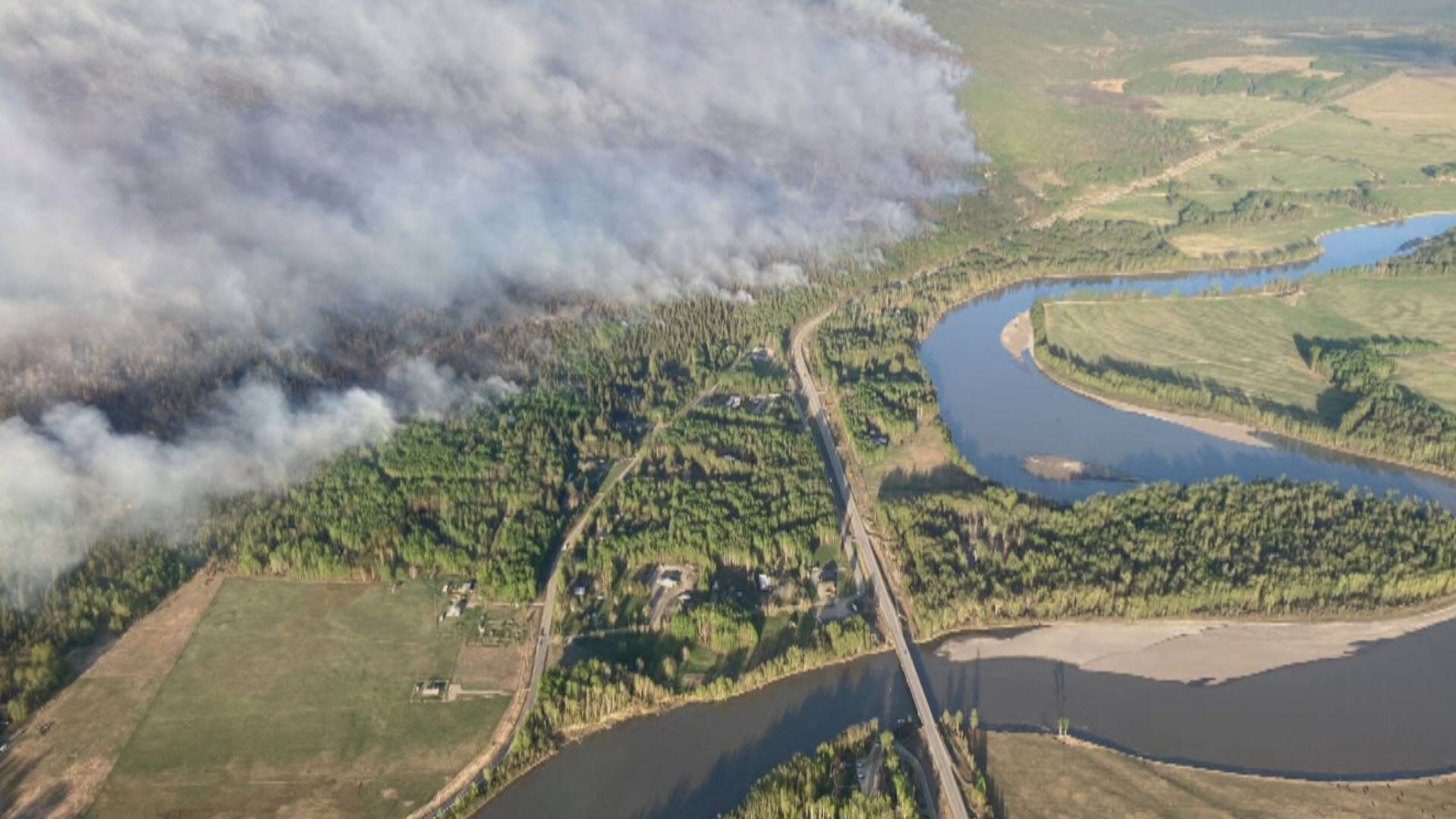For millions of Canadians, the onset of the sultry summer months is the time for getting into outdoor sports. It is also, unfortunately, the time when wild fires and exhaust-related smog put air quality at its lowest.
Health Canada now wants joggers, cyclists, and team players to be smarter about the risks associated with every breath they take.
The agency responsible for Canadians’ well-being has teamed up with the Sports Information Resource Centre to get a message out: athletes and coaches should consider air quality the same way they assess threats of lightning.
Coaches are key to the strategy. SIRC developed an online instruction kit for coaches, who can then easily decipher their local Air Quality Health Index (AQHI) information and use that to adjust scheduling for games and practices when it is at its worst.
“I think in coaching sometimes we try to push the limits on things,” said Dylan Wykes, who represented Canada in marathon at the London Olympics in 2012 and is now a running coach. “And this just reaffirms that being conservative in the approach to prescribing training is the way to go. That’s what the science shows.”
WATCH: Wildfire smoke harms health even at low levels, expert says:
Respirologist Dr. Samir Gupta says there are both immediate and long-term health effects from exposure to wildfire smoke, which contains tiny particles that travel deep into lungs when inhaled.
Most current weather apps have localized air quality numbers, based on a 0 to 10+ scale. The AQHI provides guidance on what those numbers mean. For example, a reading of 0 to 3 means athletes can exercise without worry. From 4 to 6, the recommendation is people should reduce the intensity of outdoor exercise. If 7 and up, AQHI suggests taking practices inside and postponing or canceling outdoor games.
Wykes appreciates the clarity.
“The good thing was learning the very prescribed numbers at which you should start making modifications. Good guidelines there,” he said. “And certainly we’ve had times where the air quality has been above 8 and we’ve cancelled outdoor practices.”
Bryan Merrett coaches under-12 running teams in the Ottawa area and says the new protocols are part of safe sport in the larger sense.
“As coaches, we are responsible for the field. Is it safe? Do we have first aid kits? Do we have emergency action plans? Do we have equipment that is fraying or broken? We have to look at all of that,” Merrett said. “We never, ever think about the air that we’re breathing. And I think the AQHI course provides enlightenment coaches should keep in mind when they’re delivering programs, especially outdoors.”

The AQHI articulates the risks involved with strenuous activity when the air quality is poor, particularly when it comes to traffic pollution. So for people working out in urban environments, the farther away from automobiles the better.
Donna Volkakis is an Olympian modern pentathlete and an engineer with special expertise in air quality. She says tailpipe emissions fall off quickly with distance from the source.
“The air does a fantastic job of diluting it right away. It’s an exponential drop off,” Volkakis said of putting distance between yourself and the tailpipe of a car. “It’s not just the tailpipe. It’s also the tires kicking up the dust. So the particulate, just distancing yourself from that helps. The car is the main thing that is assaulting our respiratory system in cities.”
Volkakis suggests timing workouts to avoid rush hour lessens the risk.
“Health Canada recognizes this is an issue,” said Dr. Caela Fenton, who works with SIRC. “It’s going to become more of an issue as we continue to heat up and have worse wildfire seasons. And smog is worse in the summer, and it has been increasing as a theme, particularly in elite athletics.”






More Stories
It’s ‘a labour of love’ on and off the rink as Ontario roller derby team preps for playoffs in U.S. | CBC News
FIBA Men’s 3X3 Basketball World Tour: DAY 2 – Utsunomiya
CBC Sports Late Night: 2024 Athletics Wanda Diamond League – Shanghai – Suzhou